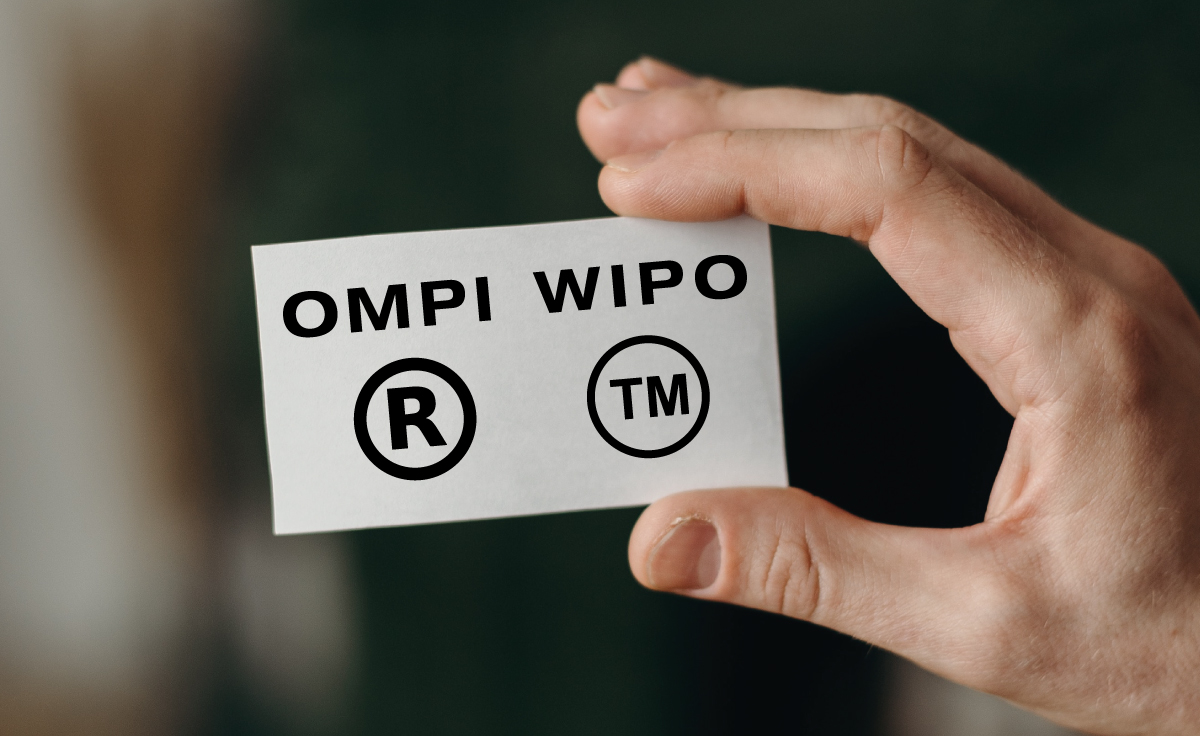Trademarks – The Madrid protocol in Latin America
By Raquel Flanzbaum.
In the expansion of the Madrid Union in Latin America, there are two milestones: first, the accession of the United States of America, where the Protocol entered into force in 2003[1], and secondly the adoption of Spanish as a working language, which came into force in 2004[2].
During the meeting held on September 25, 2003, the Madrid Union Assembly decided to include the Spanish language because it would make the system more attractive for the Spanish-speaking countries and users. The Assembly considered the fact that Spanish is the official language in twenty countries encompassing more than six hundred and sixty million persons, of which at the time only two -Cuba and Spain- were members of the Madrid system.
From 2003 onwards, American users of the system have incessantly filed applications under the Madrid Protocol, and the U.S.A. soon became one of the leading applicant countries –if not the leading country– shortly after having adhered to the treaty[3].
The system’s advantages accrue in two different scenarios when filing applications in a country that has adhered to the Madrid Protocol:
- A person that has filed an application in said country may apply, via the home PTO, to register the mark in the International Register, thus obtaining eventually protection in all designated countries (as long as all requirements have been met). In this regard, it must be borne in mind that, albeit few, there are multinational companies of Latin American origin -which in certain studies have been called “trans-Latin” companies– that are expanding strongly in the global economy, and for whom this alternative route may be quite advantageous.
- A foreign person from a member country may request, via the home PTO, the registration of the mark in the International Register, designating therefore a country that has adhered to the system, whereupon the application will be examined by the local PTO, who may grant or refuse it.
This is particularly so because under the Madrid Protocol it is possible to file a single application, in a single country, with a single set of documents, in a single language, with a single fee payment. And accordingly, it is possible to obtain a single registration and a single number, with a single expiration date, but valid and effective in more than one country.
Current developments in Latin America:
The adhesion of the Latin American countries to the various international treaties has not been a minor issue in the negotiation undertaken by the United States of America to sign free trade agreements in the region.
As a consequence of this process, currently these are the Latin American countries members[4]:
(i) Colombia, which adhered on May 29, 2012 and the treaty came into force on August 29, 2012;
(ii) Mexico, which joined on November 19, 2012 and entered into force on February 19, 2013;
(iii) Brazil, where the Madrid Protocol was approved on July 2, 2019 and took effect on October 2, 2019;
(iv) More recently, Chile, which adhered on April 4, 2022 and is taking effect on July 4, 2022.
Cuba had joined long time ago (December 26, 1995), but this country is not part of this process.
Finally, even though some other countries belonging to the Caribbean joined recently as well, according to their history they could be considered out of this process. In this group we can mention Jamaica (March 27, 2022) and Trinidad and Tobago (January 12, 2021). In Antigua and Barbuda the Madrid Protocol had entered into force on March 17, 2000.[5]
What the future holds:
The adhesion of the United States of America to the international system and the adoption of Spanish as a working language have spurred a new interest of the Latin American countries in the Madrid Protocol, not only because of the importance of the region’s trade with the North, but also because of the increasing role as exporters of the so-called “trans-Latin” firms.
The individual policies pursued by the various countries, however, have been dissimilar. Moreover, the diverse political tendencies in the region may also affect this process.
In this state of affairs, a close watch should be kept on Brazil, because it could work as “spearhead” for the Madrid Protocol to begin to find its place in the rest of the continent, due to the relevance of this country in the region. This could work as a kind of expansive wave that pushes the neighbors like Uruguay, Argentina, Paraguay and even Peru to join.
Integration is the key to development in global times, and the consolidation of industrial property constitutes a major factor in this process.
It is in this scenario that the Madrid Protocol is now inevitably embedded.
For further information please contact: rflanzbaum@ojambf.com.
[1] On August 2, 2003, the Government of the United States of America deposited with the Director General of the World Intellectual Property Organization (WIPO) the instrument of accession to the Madrid Protocol, which entered into force on November 2, 2003.
[2] The Thirty-Fifth session of the Assembly of the Madrid Union, which took place from 22 September to 1 October 2003, decided the adoption of Spanish as a working language as of April 1st 2004.
[3] https://www.wipo.int/madrid/en/news/2022/news_0009.html In 2021 U.S.-based applicants filed the largest number of international trademark applications.
[4] https://wipolex.wipo.int/en/treaties/ShowResults?search_what=C&treaty_id=8
[5]https://www.wipo.int/export/sites/www/treaties/en/documents/pdf/madrid_marks.pdf

